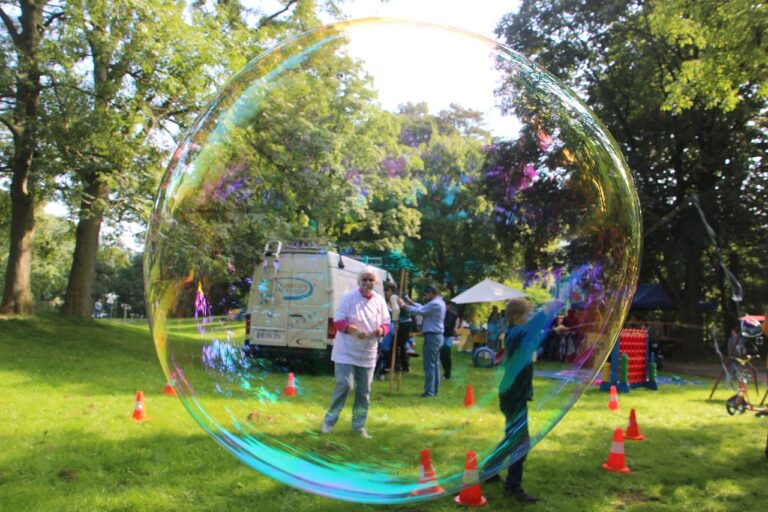The Art of Film Restoration: Preserving Cinematic History for Future Generations
Film preservation plays a crucial role in safeguarding our cultural heritage and cinematic history. Without proper preservation efforts, valuable films could be lost forever, denying future generations the opportunity to experience and appreciate the artistry and storytelling captured on film. By preserving films, we are ensuring that they remain accessible for years to come, allowing audiences to immerse themselves in the rich tapestry of cinematic works spanning decades.
Moreover, film preservation not only preserves the artistic value of films but also serves as a historical record of societal norms, technological advancements, and cultural perspectives of different eras. Each film is a time capsule that reflects the prevailing attitudes, values, and beliefs of the period in which it was created. Through the preservation of films, we are not only safeguarding the artistic achievements of filmmakers but also documenting the evolution of society and culture through the lens of cinema.
The Evolution of Film Restoration Techniques
Film restoration techniques have come a long way since the early days of manual frame-by-frame restoration processes. Advances in technology have revolutionized the way damaged and deteriorating films are rescued and preserved for future generations. The introduction of digital restoration tools has allowed for more precise and efficient restoration work, providing a means to address issues such as scratches, tears, color fading, and sound quality degradation with greater accuracy and speed.
One significant development in film restoration has been the utilization of AI (Artificial Intelligence) technology to automate certain aspects of the restoration process. By employing machine learning algorithms, AI can assist in the identification and repair of damaged frames, enhancing the overall efficiency of film restoration projects. This integration of technology not only expedites the restoration process but also helps to maintain the authenticity and integrity of the original film, ensuring that the essence of the filmmaker’s vision is preserved in the final restored version.
Challenges Faced in Film Restoration
Preserving and restoring films is a complex process that comes with its fair share of challenges. One of the main obstacles faced in film restoration is the deterioration of original film materials over time. Factors like exposure to light, temperature fluctuations, and poor storage conditions can result in irreversible damage to the film, making the restoration process more difficult and time-consuming.
Additionally, the scarcity of funding and resources poses a significant challenge to film restoration efforts. The cost of acquiring the necessary equipment, hiring skilled personnel, and conducting extensive research can be prohibitive for many restoration projects. Securing financial support and garnering interest from investors and stakeholders are often major hurdles in the preservation of valuable cinematic works.
• Deterioration of original film materials over time
• Exposure to light, temperature fluctuations, and poor storage conditions can cause irreversible damage
• Makes restoration process more difficult and time-consuming
• Scarcity of funding and resources
• Cost of acquiring necessary equipment, hiring skilled personnel, and conducting research can be prohibitive
• Securing financial support and garnering interest from investors/stakeholders are major hurdles
Why is film preservation important?
Film preservation is important because it helps to protect and maintain the cultural heritage of cinema for future generations to enjoy.
What are some common challenges faced in film restoration?
Some common challenges include deteriorating film stock, color fading, sound degradation, and physical damage to the film.
How have film restoration techniques evolved over time?
Film restoration techniques have evolved from simple cleaning and repair methods to more advanced digital restoration processes that can address a wide range of issues.
What are some ways that film restoration can benefit the film industry?
Film restoration can help to revitalize classic films, increase their marketability, and preserve important pieces of cinematic history for future generations to appreciate.







